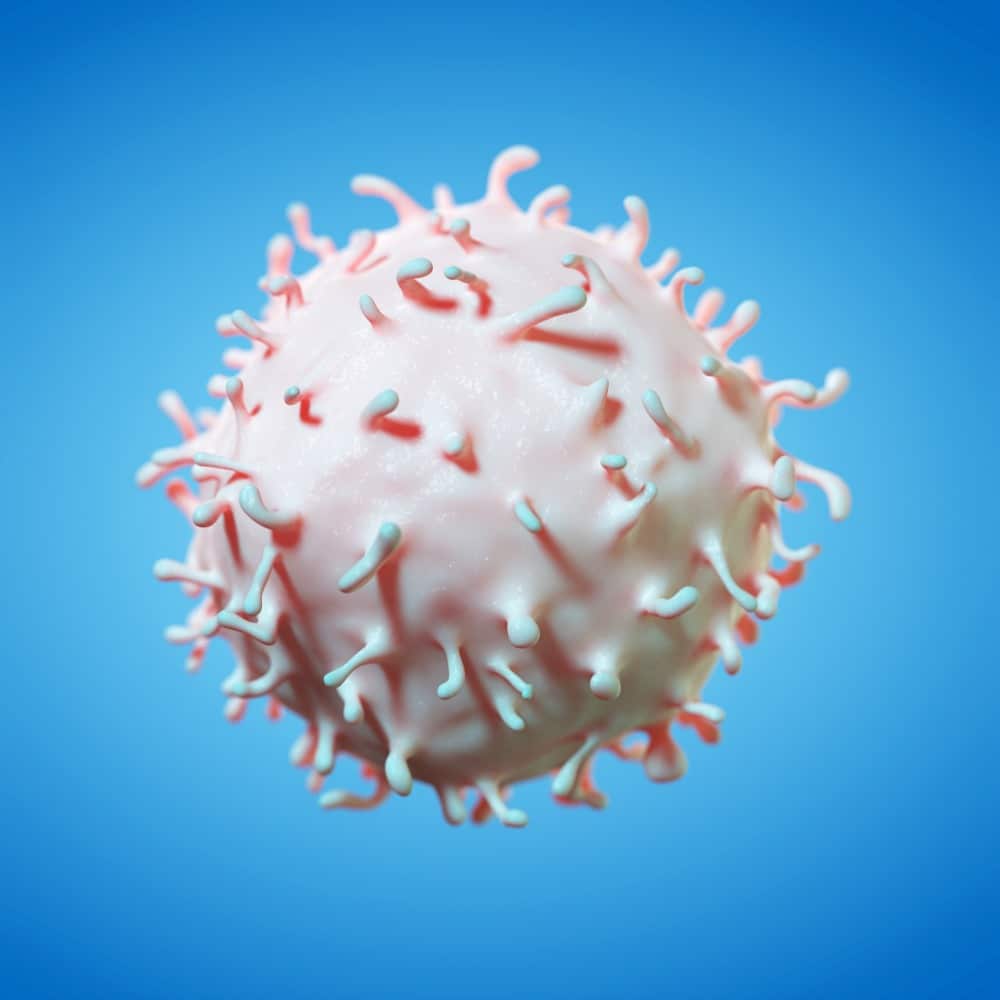Some stem cells are naive blank slates, while other stem cells are primed to differentiate into certain types of more specialized cells. Mouse embryonic stem cells are among the truly naive, the slightly more differentiated mouse epiblast stems cells are of the primed variety as well as so called human embryonic stems cells, which may not be true embryonic stems cells at all.
In a new study researchers at the University of Southern California have demonstrated that naive mouse embryonic stems cells do not require TAZ protein to be able to self renew and produce more stem cells, however they do need TAZ protein in order to differentiate into mouse epiblast stem cells.
Researchers have been able to observe an even more nuanced situation for the primed stem cells mouse epiblast stem cells and human embryonic stems cells. When TAZ protein is located in the nucleus it prompts primed stem cells to differentiate into specialized cell types which is a response which is similar to naive cells. If TAZ protein is in the cytoplasm or the region between the outer membrane and the nucleus primed stem cells will have the opposite reaction and self renew.
TAZ protein appears to produce diverse and can sometimes cause opposite effects in pluripotent stem cells which has created some controversy in the field. As observed by the researchers TAZ protein can produce opposite effects depending upon its subcellular location and the cell type in question. TAZ protein provides a new tool to stimulate stem cells to either self renew or differentiate which may have important regenerative medicinal applications which may include the development of better ways to generate desired cell types to be used in cell replacement therapy.




